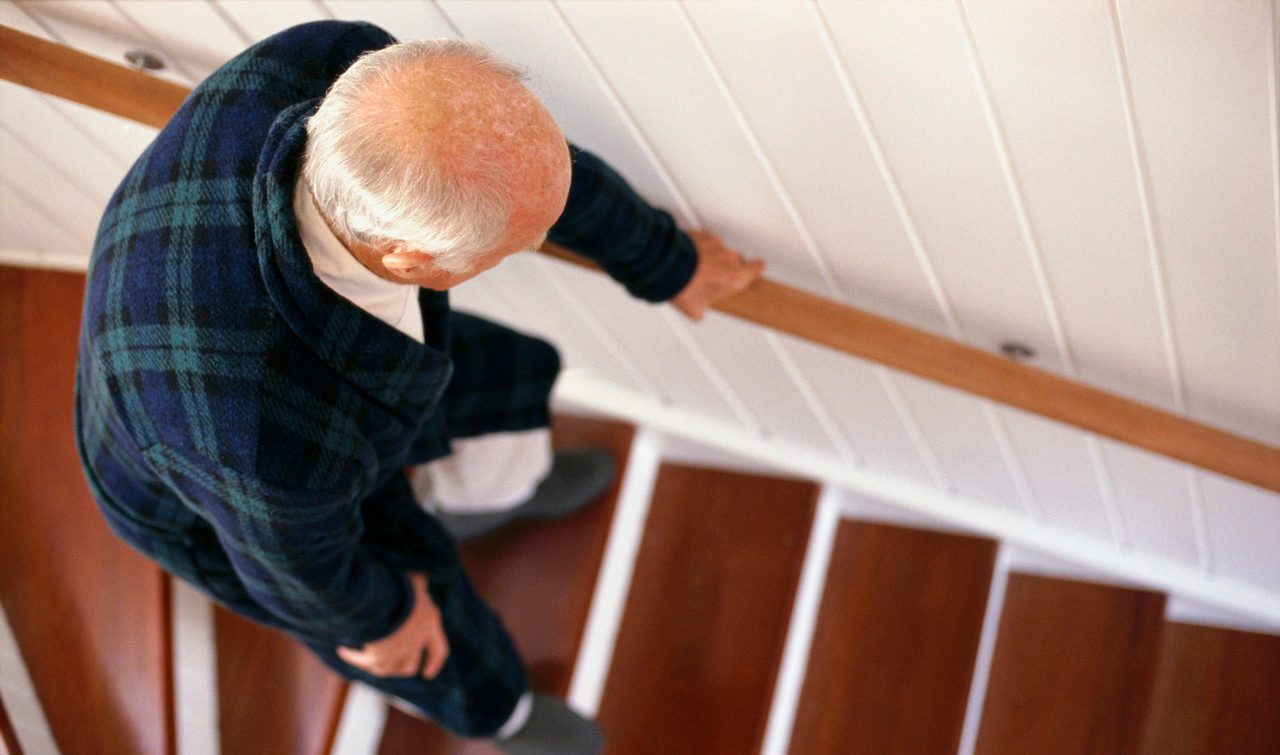More Seniors Are Dying in Falls

Seniors are living longer independently — which also means they are more likely to die after a fall. Don’t let someone you love become a statistic.
About 36 million older Americans fall each year, resulting in 32,000 deaths.
Even if you’re not hurt, a tumble may discourage you from being active, setting off a bad cycle in which you get weaker and risk another fall.
A serious fall may lead to surgery and a stay in rehab. You may not be able to return to your home or live independently.
Unless you take steps to preserve them, your coordination, flexibility, and balance will decline as you age. After 75, your risk of falling increases, and you’re more likely to fracture a hip or hit your head and suffer lasting effects, called traumatic brain injury.
YOU MIGHT ALSO LIKE: Exercise Can Reduce Falls and Fractures
A simple test of your risk is to stand on one leg. In a small study of women in their 70s, the chance of a hip fracture dropped by 5 percent for every second they could stand on one leg with their eyes open.
The number of fatal falls among Americans age 75 and older is rising. The increase is in part due to an increase in the number of older people who are living on their own. Many of them also live with a chronic condition like diabetes, stroke, or arthritis, which can make them less active.
Drugs that cause drowsiness and vision problems may also be increasing fall risk.
How to prevent falls
Keep moving. Walking, balance exercises, and resistance exercises to strengthen muscles can keep seniors on their feet. Regular exercise also has been linked to a lower chance of dementia and protects against other illnesses most common at the end of life: heart disease, stroke, cancer, and arthritis.
You can build strength and improve your balance in as little as two 15 to 20 minute sessions a week.
Tai Chi classes are an especially good for the elderly. An hour of Tai Chi from one to three times a week can lower the risk of a bad fall by half, according to a review of 10 randomized controlled trials that compared the ancient Chinese practice to other activities. The National Council on Aging recommends a program called “Tai Chi for arthritis” for older people.
Or consider a water aerobics class. Because water is denser than air, you can tone muscles and raise your heart rate at the same time. If your back is an issue, rather than avoid exercise, talk to your doctor or physical therapist about whether it would be safe to work on your core and stretch in water.
If you do fall, strength training will make you less likely to break a bone. Working out with resistance bands or weights or doing resistance exercises makes your bones denser and therefore stronger. Squats, for example, built bone mass in a group of post-menopausal women with deteriorating bones in one study.
Fall-proof your home
Do a walk-through to make sure that the bottom and top of stairs are well-lit, that the railing is secure, and that there are grab bars near the toilet.
When did you have your last eye checkup? Tint-changing lenses and bifocals are less appropriate for older people, and you may need to change prescriptions.
If you, or your older loved one, have trouble walking or getting up from a chair, consider physical therapy.
Updated:
August 14, 2023
Reviewed By:
Janet O’Dell, RN